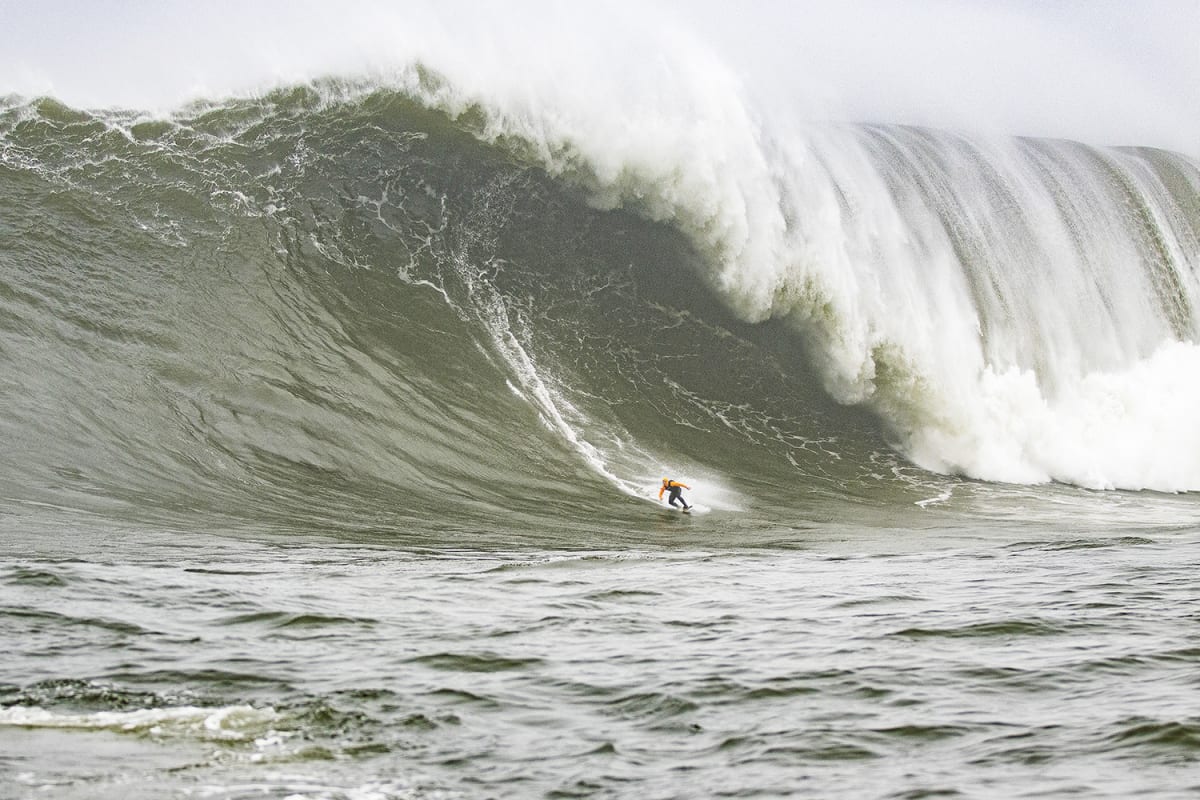
"The “Beak”
When I first started shaping, most boards had “Beaks.”
I remember distinctly that, might be an exaggeration but, every shaper had his own Beak.
It was a signature.
Where did the Beak come from?
In 1920, Nikola Tesla patented a valvular conduit or Tesla Valve that works as a fluidic diode. It's a leaky diode, i.e., the reverse flow is non-zero for any applied pressure difference.
In the 1930’s Henri Coandā, a Romanian scientist, described what is now known as the Coandā effect. A major contribution to fluidic technology. He observed that as a water emerges from a jet nozzle the stream will tend to follow a nearby curved or inclined surface.
In 1955 Tom Morey invented turned down noses for surfboards.
He called them the “Wing Tip,” a Coandā Lift nose.
Ten years later he organized surfing’s original prize-money competition, held in Ventura, California, on the Fourth of July weekend, 1965; better known as the Tom Morey Noseriding Contest.
Around that time several board builders, including Morey-Pope and Con Colburn introduced down railed noses.
When surfboards started shortening up in 1967, anything went as far as design.
In the very early 70’s Mike Hynson’s down railed, beak nose, designs inspired Gerry Lopez.
Dick Brewer’s guns were arguably the most sought after.
Dick, throughout his entire career shaped his boards with “Beak” noses.
Beaks were still somewhat prominent until the late 80’s.
Design shift.
Very narrow. Very thin. Heavily rockered on both ends.
Goodbye Beak.
Beak noses are actually pretty simple and easy to shape.
It’s an extension of the rail line.
Focus is on the on the last four or five inches of the nose.
Beaks are best used in conjunction with boards that have flatter decks, more thickness forward, lower entry.
The Beak adds approximately .2’s of a liter.
Maybe a touch more depending on the shaper.
Doesn’t sound like much.
They generate lift.
Helps with paddling into waves.
Also allows you to put a little more pressure on your front foot when driving forward.
It’s also something “aesthetic.”
On the right design they look pretty cool.
Cheers,
Rusty" - Rusty Preisendorfer





